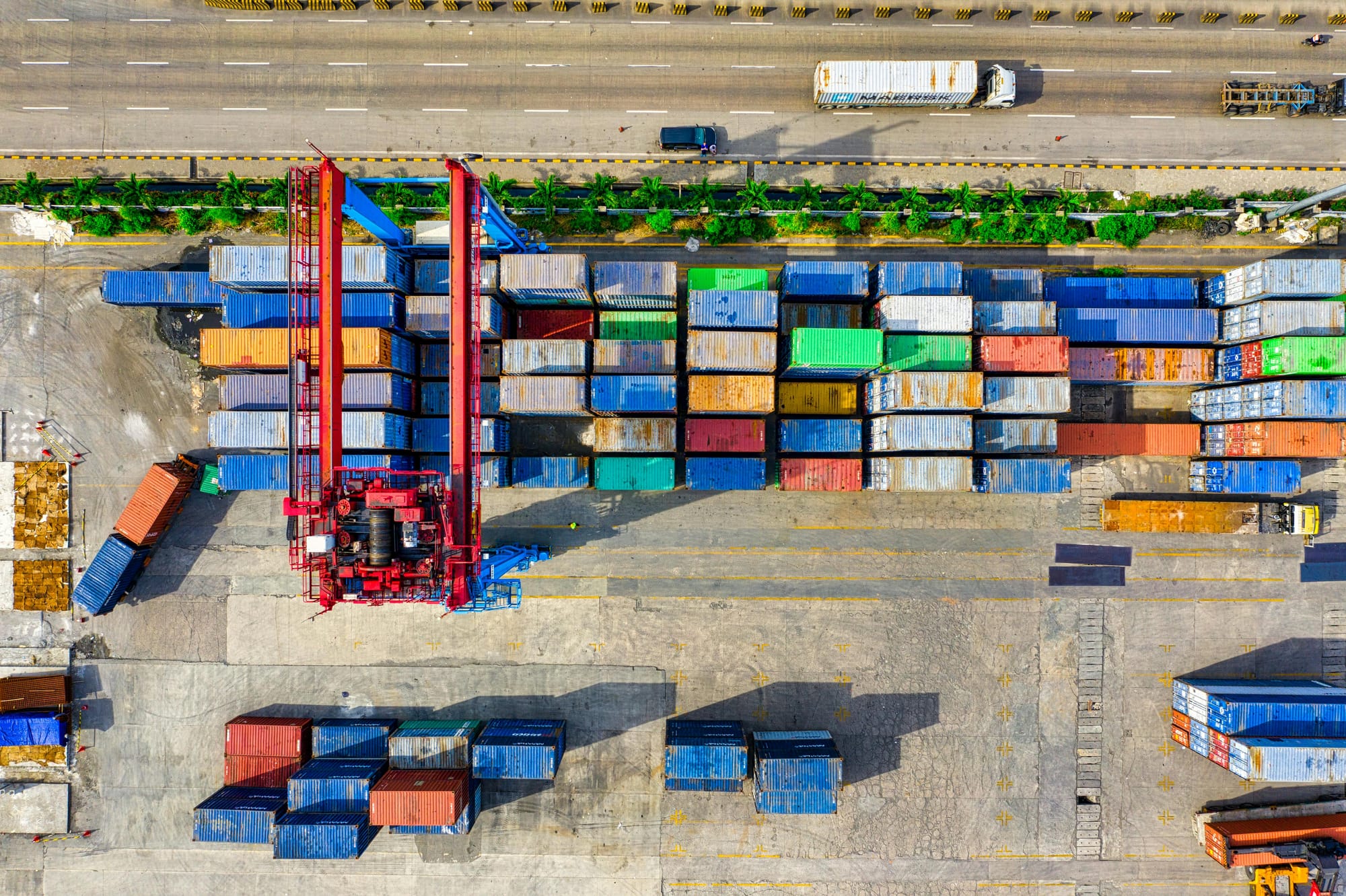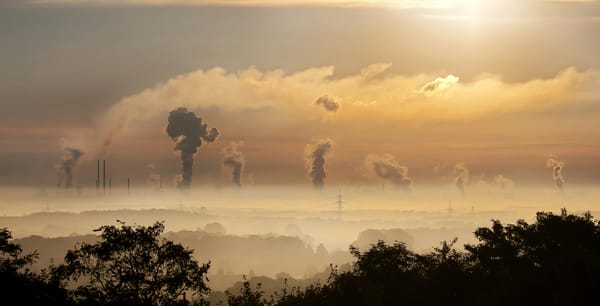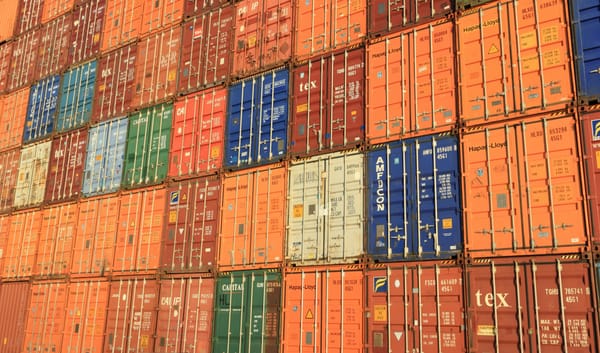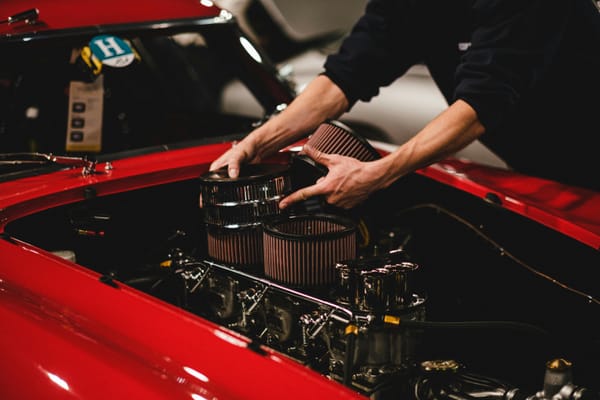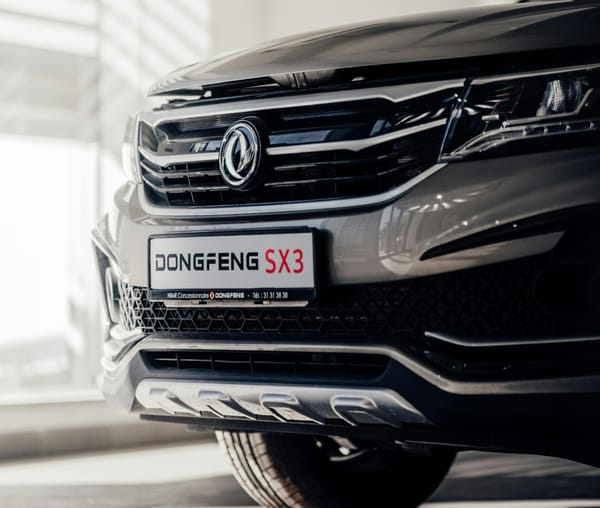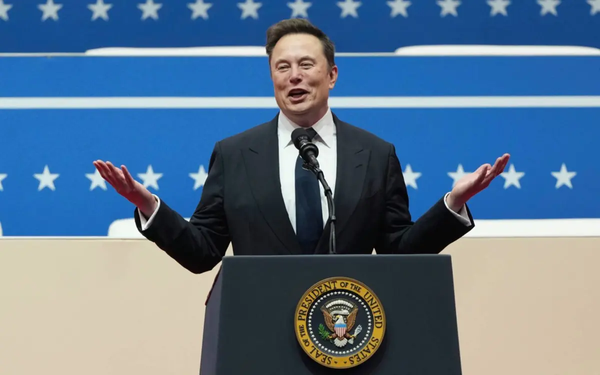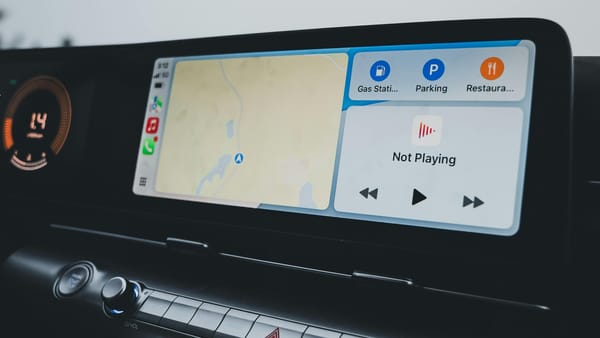A supply chain failure isn’t coming, it’s already here. The U.S. has just hit China with 20% tariffs. China retaliated. Costs are rising. Supply chains are tightening. Automakers who aren’t moving now will be scrambling for survival tomorrow.
The last five years have been a relentless stress test for global supply chains—semiconductor shortages, a disruption caused by the Ukraine war, and now a trade war escalation. The next crisis won’t wait for those who hesitate.
The Hidden Weak Link: EV Battery & Critical Materials Supply
The shift to EVs has reshaped supply chains, but one major flaw remains: the industry is over-dependent on China for battery materials.
- China controls 60-80% of the global refining capacity for lithium, cobalt, nickel, and rare earth—materials critical for EV batteries.
- The U.S. and EU are scrambling to localize battery production, but mining and refining investments take years to materialize.
- Any geopolitical disruption, export bans, or trade war escalation—could choke off supply, driving up EV costs and slowing adoption at the worst possible time.
Unlike the semiconductor crisis, where automakers could eventually source alternative chips, there are no quick fixes for battery materials. Automakers could look at a multi-year production bottleneck if China cuts supply.
U.S.-China Trade War 2.0: A New Era of Tariffs and Retaliation
The U.S. has implemented a 20% tariff on Chinese goods and 25% tariffs on Canadian and Mexican imports, with the possibility of further increases. Trade negotiations remain fluid, but escalation remains a real risk.
- China’s response: China has imposed retaliatory tariffs on U.S. energy, agriculture, and auto parts while tightening export controls on critical minerals essential for EV production. Additionally, Beijing is doubling on export markets outside the U.S., reinforcing its supply chain dominance.
- Supply chain bottlenecks will worsen: The current landscape makes it harder for automakers to secure semiconductors, battery components, and other essential materials. As relocation efforts accelerate, we expect higher costs, longer lead times, and production inefficiencies.
- This is just the start: Further escalation could mean even more severe disruptions, including potential 40-60% tariffs and additional trade restrictions within the next 12-24 months.
Who’s Falling Behind? The Automakers That Aren’t Moving Fast Enough
Not everyone is adapting. Some companies still believe they have time, but they don’t.
Ford & Stellantis:
- Ford continues to rely heavily on Mexican production, making it especially vulnerable to U.S. tariff hikes.
- Stellantis, which sources heavily from China for EV batteries, has yet to establish significant alternative supply lines.
Volkswagen:
- Slow to secure non-Chinese battery suppliers, leaving it at high risk if China tightens material exports.
- Dependence on European battery supply chains is still under development.
Honda & Toyota (Mixed Picture):
- Honda and Toyota have historically been better insulated from China-dependent supply chains, but neither has moved aggressively enough on vertical integration for EV batteries.
Why the Traditional Supply Chain Model Is Failing
Legacy OEMs have spent decades fine-tuning just-in-time production, squeezing suppliers for cost reductions, and centralizing key manufacturing hubs. But this model is built for a world where supply chains are stable. That world no longer exists.
- Tariff Uncertainty – With an aggressive U.S. trade stance, automakers can no longer rely on long-term China-based supply agreements.
- Europe Becoming a “Chinese Assembly Plant” – European automakers are securing batteries from Chinese suppliers but failing to demand tech transfer, potentially putting Europe in a long-term position of dependency rather than leadership.
- Supply Chain Cyber Risks – Modern vehicles are rolling computers, yet Chinese-made connected cars could pose national security risks, prompting potential U.S. bans on certain components.
The traditional playbook—cost optimization, single-country reliance, and reactive crisis management—is outdated.
The Smartest Players Are Already Moving. Are You?
Some automakers see the writing on the wall and are taking proactive steps:
- Tesla: When chip shortages crippled others, Tesla rewrote software to use alternative chips; a move impossible for OEMs with rigid supplier contracts.
- GM: Investing directly in lithium mining, ensuring control over raw materials before shortages worsen.
- BYD: Not only does it build its own batteries, but now operates its own shipping fleet, ensuring delivery reliability amid global freight volatility.
The real winners will be the companies that build resilience before the next crisis hits.
What Should Automakers Do Right Now?
1) Build Multi-Source & Localized Supply Chains
The era of sole-supplier dependence is over. Companies should secure second and third suppliers for critical materials, focusing on regionalized sourcing to avoid overexposure to any single country.
2) Invest in Vertical Integration & Strategic Stockpiling
Waiting for external suppliers to solve bottlenecks is no longer an option. While costly upfront, direct investments in mining, refining, and chip production will separate leaders from laggards.
3) War-Game Future Disruptions
Every automaker should be asking: What happens if China restricts lithium exports? What if tariffs cut off a major parts supplier? The companies running proactive scenario planning today will outmaneuver those who wait until it’s too late.
4) Rethink Supplier Contracts for Agility
Rigid, long-term agreements worked in a stable world. Now, automakers need contracts that allow for rapid switching between suppliers, flexibility in material specifications, and software adaptability for alternative components.
The New Competitive Edge: Supply Chain Agility
This is no longer about cost vs. resilience. It’s about resilience vs. survival. The next crisis isn’t a matter of “if”—it’s when and where.
The winners in the next decade won’t just be the best in EV technology or autonomous driving. They’ll be the ones who saw the supply chain transformation coming and moving first.
The real question is: Will your company be one of them?

